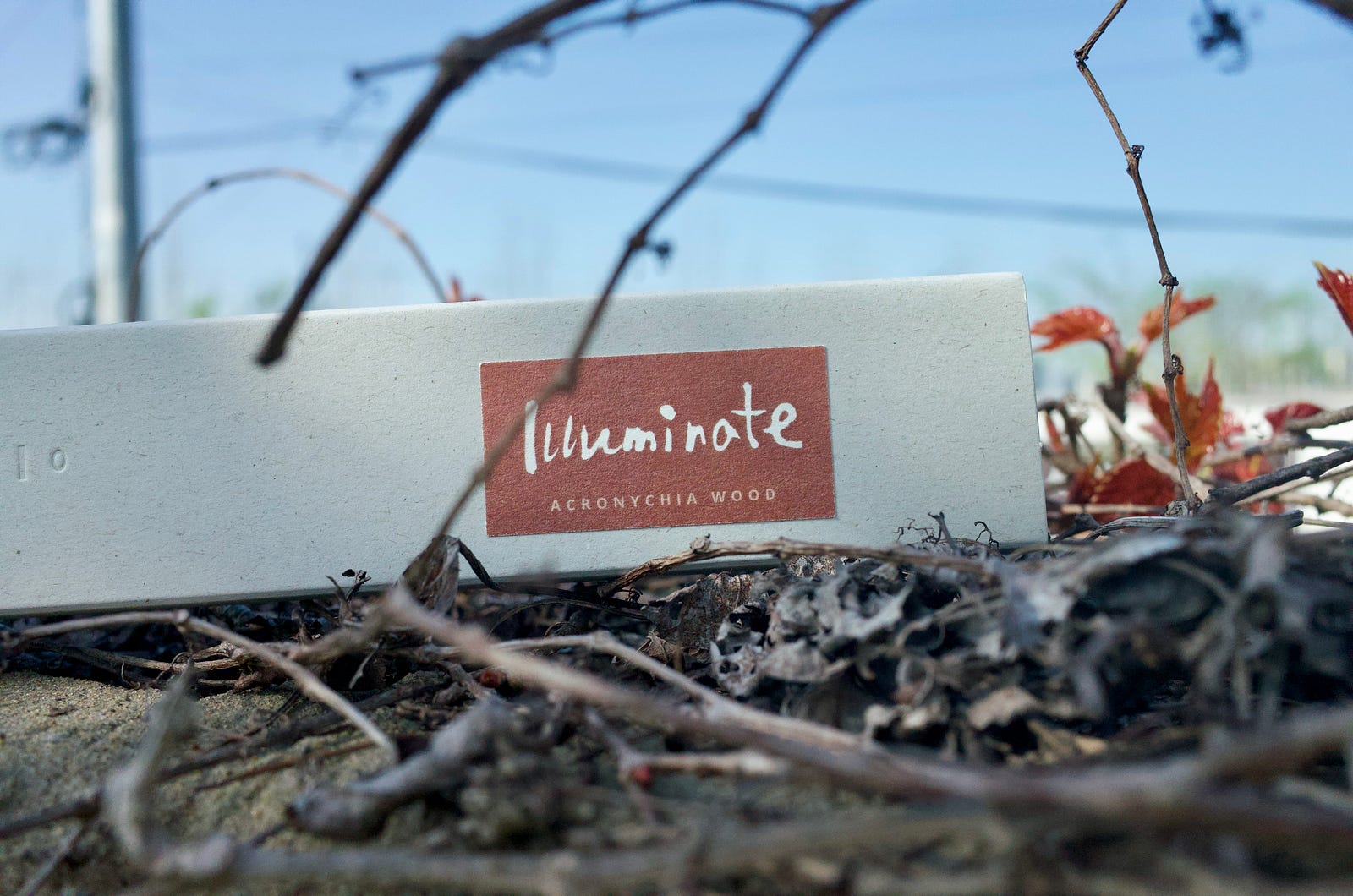Incense in Taoism — part 1
Share
Incense holds a profound symbolic meaning in Taoism. The rising smoke is believed to connect the earthly realm with the heavens, bridging the gap between the physical and spiritual worlds. By burning incense, practitioners create an atmosphere conducive to meditation, prayer, and ritual, enhancing their spiritual practices and deepening their connection with the divine.
In ancient Chinese Taoism, there were approximately ten types of incense used in various rituals and practices. Each type of incense had its unique properties and significance. We’ll talk about the first few in part 1, who has more details and artistic depictions
- 降真香 — Jiangzhen Xiang (Descending True Incense): Used to attract positive energies and blessings

Jiangzhen Xiang is one of the most well-known and iconic types of incense in Taoism with a long history. It is used for fasting and offering rituals and is highly esteemed.
The “Heavenly Emperor’s Supreme Taoist Jade Book” describes Jiangzhen Xiang as “the sacred incense used to worship the Heavenly Emperor.”
According to Song dynasty writer Hong Chu’s “Incense Manual,” Jiangzhen Xiang is characterized as “warm and mild, non-toxic, effective in dispelling strange phenomena in homes during celestial events.”
The “Immortal Traditions” further states, “When burned, it attracts cranes to descend. It is the foremost incense for rituals involving the stars. When worn by children, it can ward off evil spirits. Its fragrance resembles that of Su Fang wood.”

As the most iconic type of incense, INCENZO often offers Illuminate — Acronychia wood incense stick to help communicate with spirits and your own mind.
2. 信灵香 — Xinling Xiang (Faithful Spirit Incense): Used to strengthen faith and spiritual resolve

Xinling Xiang is another common type of incense used in Taoist for fasting and offering rituals, second only to Jiangzhen Xiang.
The “Heavenly Emperor’s Supreme Taoist Jade Book” states, “Xinling Xiang can reach the spirit of the Heavenly Emperor.” This incense is a blend of specific quantities of Jiangzhen Xiang, turmeric, agarwood, frankincense, patchouli, spikenard, angelica dahurica, rhubarb, cyperus, and scrophularia.
3. 百和香 — Baihe Xiang (Hundred Harmonies Incense): Known for promoting peace and tranquility

Baihe Xiang is an incense composed of a hundred different aromatic ingredients. One of its quoted occasions is in Volume 8 of the “Yao Xiu Ke Yi Jie Lu Chao” (要修科仪戒律钞) quoting the “Wu Fu Xu,”(Five Symbol Preface) and stating, “(Burn) Baihe Xiang to dispel foulness.”
4. 天香 — Tian Xiang (Heavenly Incense): A sacred incense believed to invoke the presence of deities
